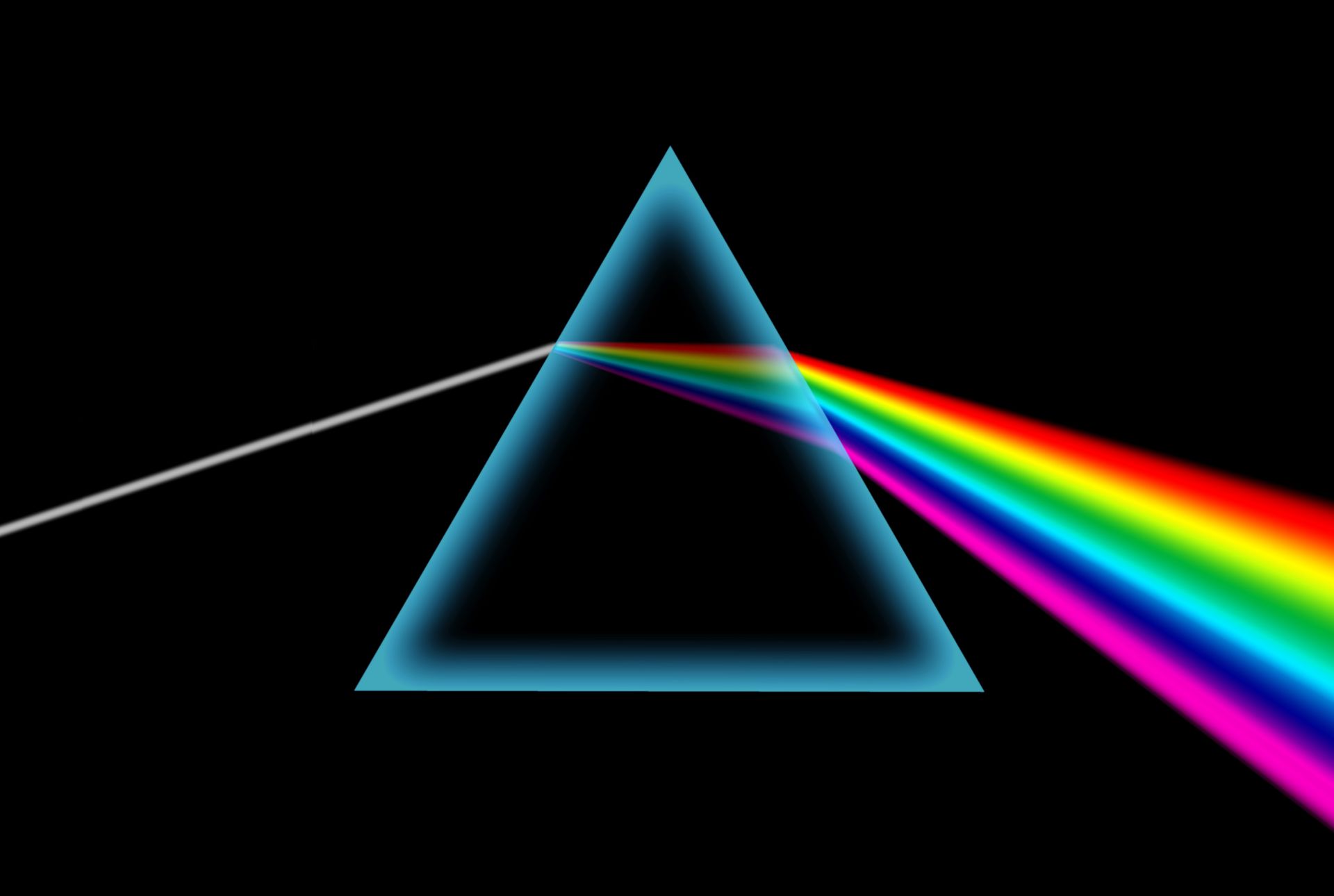Colourful Light
Stained glass windows are composed of coloured glass pieces and project incredibly colourful reflections using sunlight. When the sun passes through a red piece, for example, the shadow will be red. But what happens when colours are layered on top of each other? Is light naturally “white”? After this activity, you’ll be an expert in all things colour and light!
Grade 3-4
Duration : 20 minutes

Objective
Discover all the possible ways to combine colour using light.
Guidelines
Watch the video capsule titled “Patricia David – Presentation” (English subtitles)
Prepare three flashlights using the following instructions.
Take note of your results.
Discuss your results as a group.
Material
- Three flashlights
- Red, green, and blue cellophane paper
- 3 elastic bands
Steps
1
Cover each flashlight with one layer of cellophane paper: the first with red, the second with green, and the third with blue.
Attach the cellophane paper using elastic bands.
2
Turn off the lights in the room.
3
Turn on the three flashlights and point the beams at a white surface. By superimposing the beams, try to recreate different colours. For example, what colours do the following combinations make?
- Red and blue
- Red and green
- Green and blue
4
Now, combine all three beams to get a truly surprising result: a white light.
Explanation
Who knew? “White” light is actually a combination of many different colours! This fact becomes obvious when we look at the reflection of a sunbeam projected through a glass of water: a rainbow appears. Isaac Newton was the first person to document this phenomenon using a glass prism. “White” light can be deconstructed into a multitude of colours, but can also be reconstructed if we superimpose all of those colours. Wow!

Food for Thought
By exploring all of the possible colour combinations of red, green, and blue, it’s possible to recreate all the colours in what we call the visible spectrum. This is the colour mode used on computer screens, commonly called the RGB code.
The next time you go for a glass of water, put it in the sunlight and try to spot the rainbow that it forms. Have you ever seen a rainbow in any other situation? Where?



